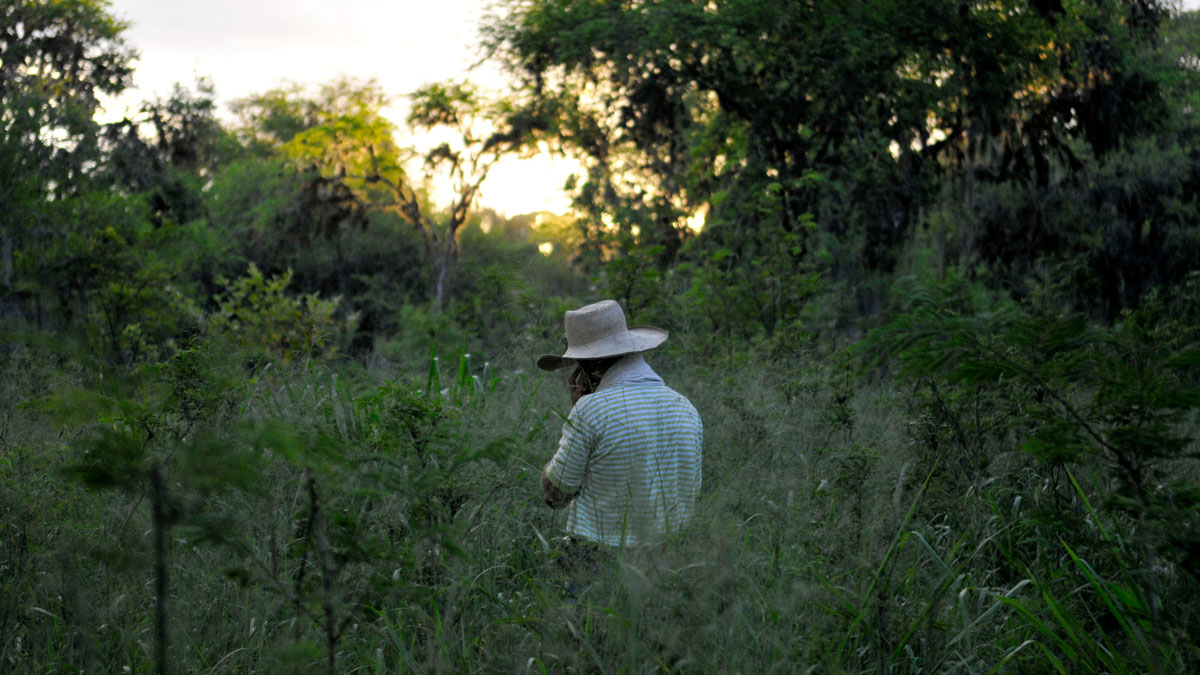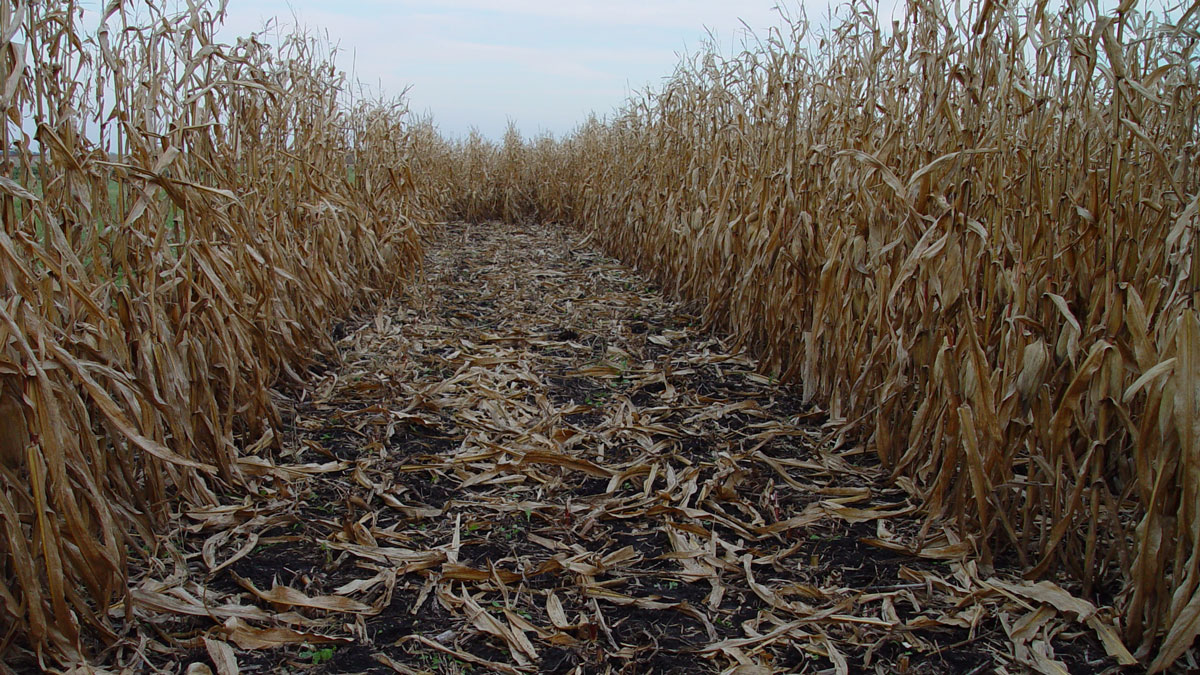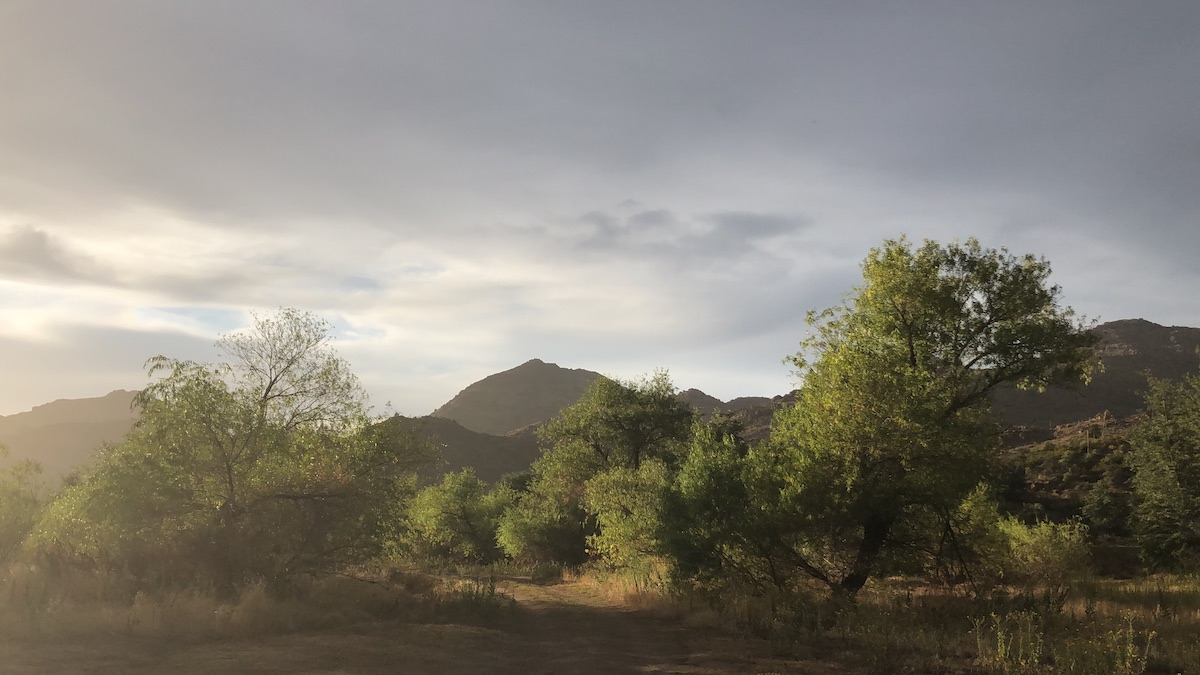The solutions are simple, but economic barriers remain high.
business & industry
REDD+ Results and Realities
A new study examines the efficacy of REDD+ projects in reducing deforestation and raises questions about the carbon credits the initiative relies on.
How Might Leftover Corn Stalks Halt Fugitive Carbon?
Bio-oil made from plant waste could help limit carbon emissions from orphaned oil and gas wells. But would it help or hinder farmers’ bottom line?
Climate Change Could Slash Global GDP 24% By 2100
Unchecked greenhouse gas emissions could cause the world’s income to fall by nearly a quarter within the century, projects a new study published in PLOS Climate.
The Career Issue: Winds of Change
Read about how 12 Earth and space scientists found paths in academia, business, government, and nonprofits.
Jeff Massey: Atmospheric Science Meets the Private Sector
Expertise in weather modeling has applications in business, this atmospheric scientist found.
Supreme Court Rejects Tribal Appeal to Halt Planned Copper Mine
On 27 May, the United States Supreme Court declined to hear arguments from a group of Apache leaders challenging a copper mine that would damage land that tribe members consider sacred, according to the Los Angeles Times.
Denver’s Stinkiest Air Is Concentrated in Less Privileged Neighborhoods
The bad odors of air pollution are difficult to regulate, but can pose significant health risks, reduce a home’s property value, and affect a homeowner’s peace of mind.
Panama Canal Logistics Are at the Mercy of Weather and Climate
Regional weather variability and climate change make operating the canal a challenge.
Latest Moon Mission Is Old, New, Borrowed, and Blue
Firefly Aerospace hopes to kick off 2025 by sticking a lunar landing. Science from the mission’s 10 NASA payloads could help guide future Moon missions.










